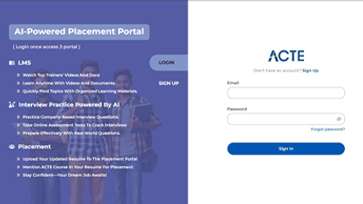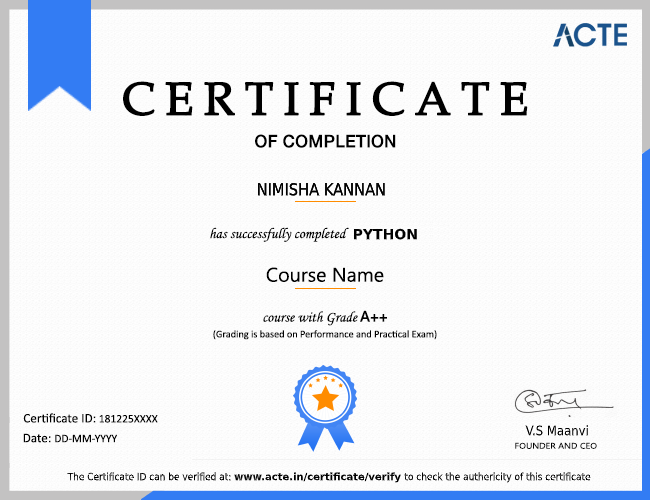1. What distinguishes UI design from UX design?
Ans:
UI design is concerned with a product's visual components, like colors, buttons, typography and layout, shaping how users interact with the interface. On the other hand, UX design focuses on the entire experience, including usability, accessibility and intuitive navigation. While UI ensures the product looks appealing, UX guarantees it works effectively and satisfies user needs. Together, they create a product that is both visually attractive and easy to use.
2. What are the essential skills a UI/UX designer should have?
Ans:
A UI/UX designer ought to be skilled in design software like as Figma, Adobe XD and Sketch, along with user research and usability testing. Understanding user-centered design principles is crucial and knowledge of HTML, CSS and basic front-end development helps in collaborating with developers. Excellent problem-solving, collaboration and communication abilities are also vital for translating ideas into effective, user-friendly designs.
3. How do you tackle a fresh design assignment?
Ans:
When starting a new project, I first gather information about business objectives and user needs through research and stakeholder discussions. I make trip maps and user personas to understand user behavior and pain points. Wireframes and prototypes are then developed, followed by usability testing and feedback-driven iterative enhancements. Close collaboration with developers ensures the design aligns with both user expectations and project goals.
4. What is a user persona and why is it important?
Ans:
A user persona is a made up depiction of a target audience segment, including demographics, behaviors, goals and challenges. It helps designers empathize with users and make informed decisions throughout the design process. By referencing personas, designers can create solutions that truly meet user needs, resulting in a more engaging and meaningful product experience.
5. How do you guarantee the accessibility of your designs?
Ans:
Ensuring accessibility means creating products usable by people with disabilities. I focus on high-contrast colors, keyboard navigation, descriptive alt text for images, clear language and testing with assistive technologies. Accessible designs benefit everyone, not just users with disabilities and contribute to an inclusive, user-friendly experience.
6. What tools do you use for prototyping and why?
Ans:
I use tools such as Figma, Adobe XD and InVision for prototyping because they allow interactive mockups, rapid iteration and easy collaboration. These tools help stakeholders visualize designs, provide early feedback and test usability, reducing costly changes later in development while ensuring the product meets user needs effectively.
7. Explain the importance of wireframes in UI/UX design.
Ans:
Wireframes provide a blueprint of a product’s structure and flow without visual distractions like color or images. They clearly communicate layout ideas, allow quick adjustments and align team members on functionality. Serving as the foundation for both design and development, wireframes streamline the creation of a coherent, user-friendly product.
8. How do you respond to criticism or comments on your designs?
Ans:
I approach feedback with an open mind, listening carefully to understand the reasoning behind suggestions. Constructive criticism is evaluated against user needs and project objectives, guiding design improvements. Clear communication of design choices ensures stakeholders understand the rationale, fostering collaboration and better outcomes.
9. What methods do you use for user testing?
Ans:
I employ usability testing with real users performing tasks, conduct A/B testing to compare alternatives and gather qualitative feedback through surveys and interviews. Heatmaps and analytics track interactions, while remote testing expands user reach. These methods confirm that the design is intuitive, effective and meets user expectations.
10. How do you keep up with UI/UX design trends?
Ans:
I stay updated by reading design blogs, attending webinars and conferences, participating in design communities and taking online courses. Continuous learning introduces fresh ideas and modern best practices, helping me create innovative, visually appealing and user-friendly designs that remain relevant in a fast-evolving industry.





















